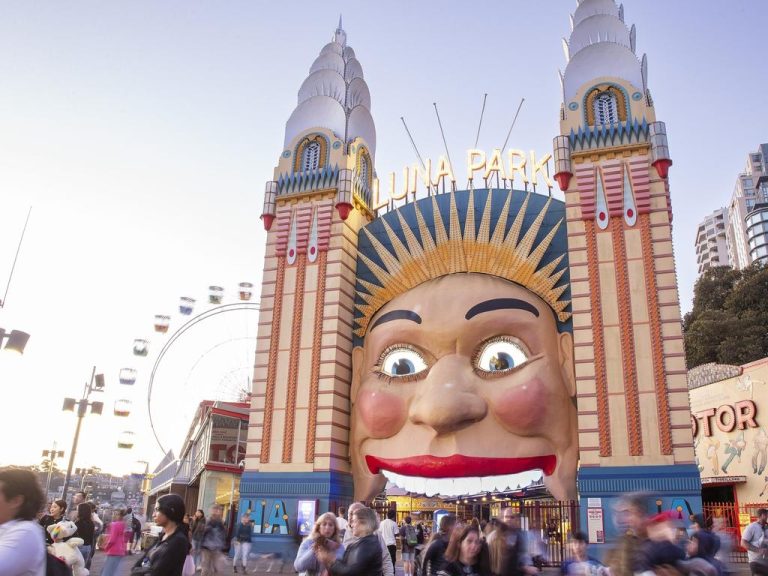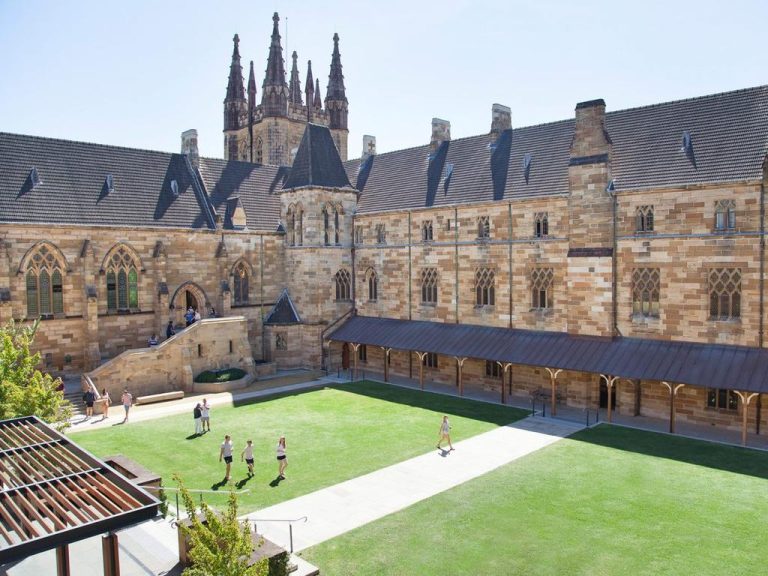Melbourne’s CBD fringe market shows signs of improving

Office vacancy rates in Melbourne’s St Kilda Rd have fallen into single digits for the first time in years, signalling a positive shift in CBD fringe markets and the wider economy.
Glenn Lampard, Research Director at Savills says enquiry rates for city-fringe offices had one of its best first halves in years – leading many to conclude that optimism has returned to the broader market place.
“Many businesses outside of the corporate space have been doing quite well over the last few years and are more confident than they were five years ago. They are out and about looking for accommodation and have found a ready-made market for them in St Kilda Road.”
The office vacancy rate dropped to 9.3% from 11.0% last year.
This renewed optimism has seen 17,200sqm of leasing in this market in the year to June 2015, with the vacancy rate dropping to 9.3% from 11.0% last year.
Like other CBD fringe markets such as South Brisbane or St Leonards in Sydney, St Kilda Rd is popular with medium-sized businesses that want to be close to the city and have good car access – an increasingly rare commodity in CBDs.
The office accommodation tenants find there can be a notch below the latest CBD standard, where new buildings feature campus-style landscapes and the latest in technology infrastructure.
Melbourne and Sydney: Office market a tale of two cities

“St Kilda hasn’t seen a new development in 15 years, but there are quality buildings achieving rents a little below CBD A-Grade with an amenity standard that is still quite high,” Lampard says.
“The difference between high and low amenity is often due to the landlord. Institutional owners have dedicated capital expenditure programs to ensure assets are kept up to speed with sustainability and technology benchmarks.
“Like other fringe markets, much of the stock on St Kilda Rd is held by private investors. They have seen their asset values rise to two or three times and so often don’t have the same drive to achieve higher income. They are also less likely to carve up floor plates to accommodate smallish tenants, meaning that a lot of what’s reported as vacant isn’t really on the market.”
The difference between high and low amenity is often due to the landlord.

The other interesting factor is the narrowing spread between yields for A-Grade offices in this market, currently 7% – 7.5%, and B-Grade at around 8%.
“This is primarily a function of strong investor demand for assets outside of low returning bank deposits or a volatile share market,” Lampard says.
“Investors are looking at the types of returns we see in fringe office property and saying ‘if I can get that and buy a building with an average WALE (weighted average lease expiry) of six or seven years, that makes for a compelling proposition’.”
So what should investors be looking for?
“I would say that some of the best propositions in this market lie with the B-Grade stock.
“The right purchase could secure a building with an average WALE of say around four years. This asset would provide a strong income base over the next few years and the option in three to five years’ time of either upgrading the asset to drive greater income or selling it to a residential developer – a market that’s been extremely strong in Melbourne and shows no signs of slowing down any time soon.”
Office hot spot: Gold Coast shines as vacancies fall







